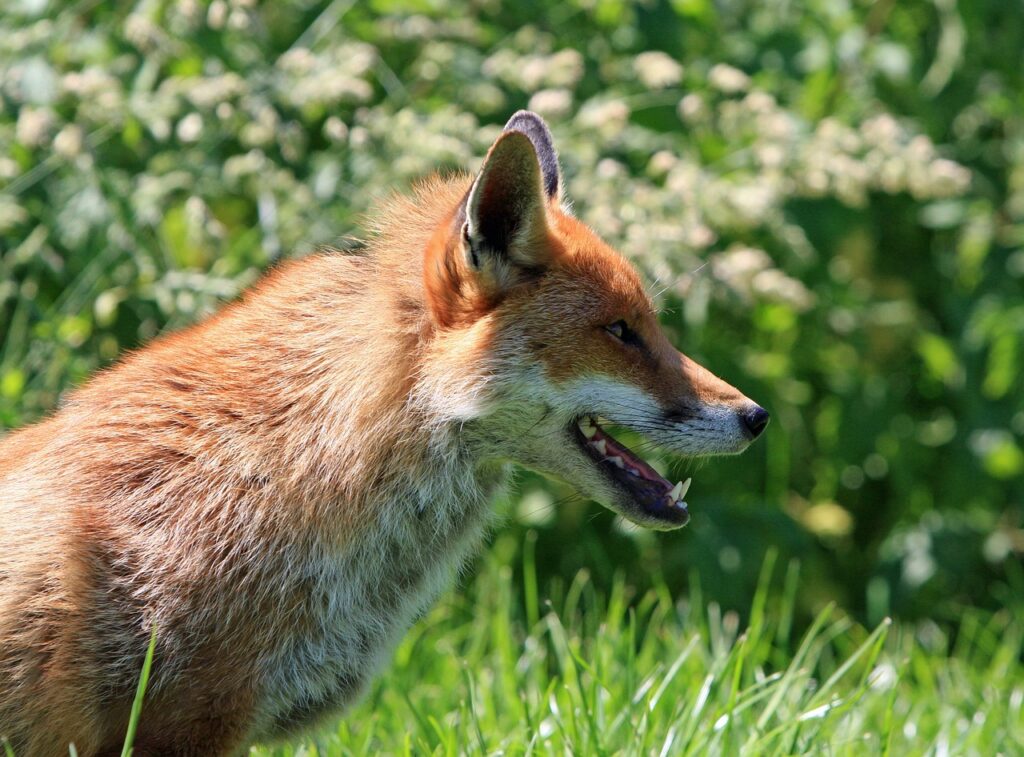Finding the Problem

Identifying the problem is highly important in all circumstances. It may not be readily apparent where the problem lies immediately. Many people are not always familiar with the various kinds of animals that may pass through their property during a given period of time.
Someone may be shocked to realize that their land is home to all kinds of animals including dozens of bird species, various kinds of rodents and even larger animals such as groundhogs and hares that make their homes in areas that are not always readily apparent via the naked eye.
Detecting a carpenter bee infestation is essential for preserving the structural integrity of your home. One of the most apparent signs is observing carpenter bees hovering around wooden surfaces, particularly during the warmer months. These solitary bees create perfectly round entry holes, roughly half an inch in diameter, into the wood, typically near eaves, fascia boards, or decks. You may also notice sawdust-like material, called frass, accumulating beneath these holes. An additional indication of infestation is the presence of yellowish stains caused by their excrement on the wood surface. While these signs are often visible, it’s essential to address carpenter bee infestations promptly, as untreated damage can lead to costly repairs over time.
The owner of the house may need to take the time to set up measures to determine what animals are causing a problem. A well placed camera can be set up at night to determine if the land is being occupied by animals that are primarily nocturnal such as raccoons.
This allows the owner of the house to figure out what particular creature is eating their beloved tomatoes or picking at their favorite strawberry bushes. Larger predators such as foxes and coyotes and even bears can also be caught this way. This can help the person feel safer knowing that they know what animals are around them at all hours of the day and night.
